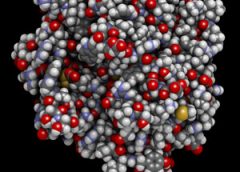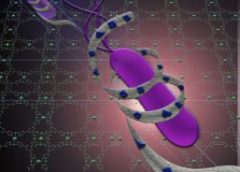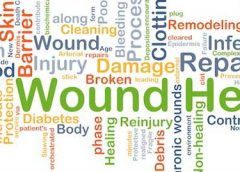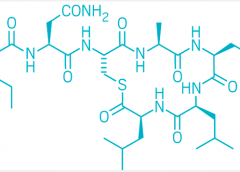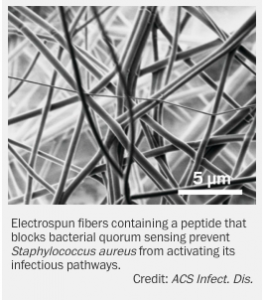Jitka Petrlova at Lund University, Sweden, together with Peter Bond’s team at the A*STAR Bioinformatics Institute, has discovered a strategy that the body uses to neutralize invading microbes. This finding is a critical development in fighting bacteria in skin wounds. Read more.
Read MoreTag: bacteria
Bacterial biofilms, begone
By some estimates, bacterial strains resistant to antibiotics — so-called superbugs — will cause more deaths than cancer by 2050.
Colorado State University biomedical and chemistry researchers are using creative tactics to subvert these superbugs and their mechanisms of invasion. In particular, they’re devising new ways to keep harmful bacteria from forming sticky matrices called biofilms — and to do it without antibiotic drugs. (more…)
Read MoreNew Approach to Wound Healing Easy on Skin, Tough on Bacteria
Washington, D.C. — In a presentation to the American Chemical Society meeting, Ankit Agarwal, a postdoctoral researcher at the University of Wisconsin-Madison, described an experimental approach to wound healing that could take advantage of silver’s anti-bacterial properties, while sidestepping the damage silver can cause to cells needed for healing.
Silver is widely used to prevent bacterial contamination in wound dressings, says Agarwal, “but these dressings deliver a very large load of silver, and that can kill a lot of cells in the wound.” (more…)
Read MorePeptide nanofibers keep infections at bay
Researchers have developed a new infection-blocking material made of peptide-containing nanofibers that works against antibiotic-resistant bacteria and could one day be incorporated into wound dressings (ACS Infect. Dis. 2017, DOI: 10.1021/acsinfecdis.6b00173).
The approach targets bacterial quorum sensing—a mode of chemical communication used by bacteria to detect other bacteria. When they sense that enough of their kind are present, they can mount an infectious attack.
Read more at Chemical and Engineering News
Read MoreOne Doctor Exploring Wound Care on Earth and in Space
In laboratories all across the globe, scientists are uncovering new and exciting breakthroughs in the realm of wound healing.
For instance, a team out of Texas is blinding bacteria to prevent their spread. Meanwhile, a collective of doctors from the U.K. recently developed some intriguing new vacuum tech to treat chronic ulcers. There’s even been research into drug treatments, like how opioids may actually prevent proper wound care.
Each team has taken a different approach or tackled a unique situation or medical ailment, and that ensures a more well-rounded coverage that helps a larger pool of patients. However, few scientists have a more grand scope than Ronke Olabisi, a professor of biomedical engineering at Rutgers University.
Reaching for the stars
As the university explained in a recent press release, Olabisi is hard at work on several projects aimed at improving wound healing both on earth and during manned space missions. During space travel, especially as astronauts spend months at a time in stations, the lack of gravity has a huge impact on the human body. Muscle and bones will actually start to deteriorate, and tissues will lose much of their elasticity. Olabisi’s main goal is to study in-depth why this occurs and how to fix, and she believes she can apply much of the same knowledge to wound care on Earth.
Read more at Advanced Tissue
Read More
